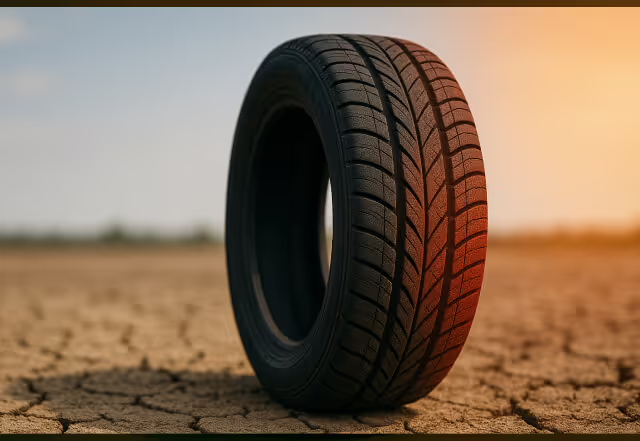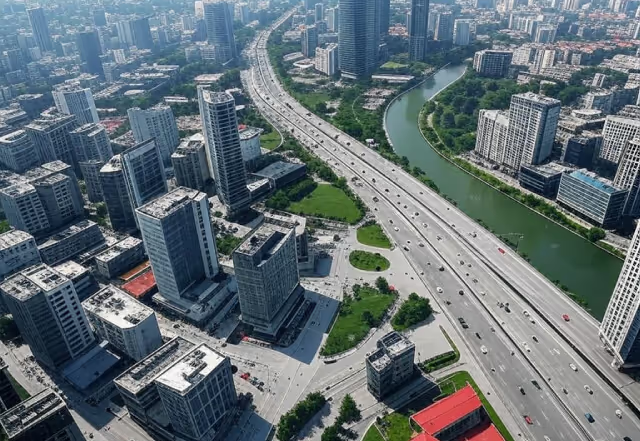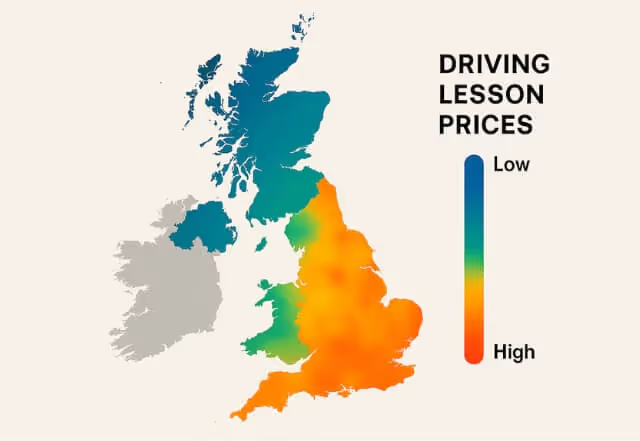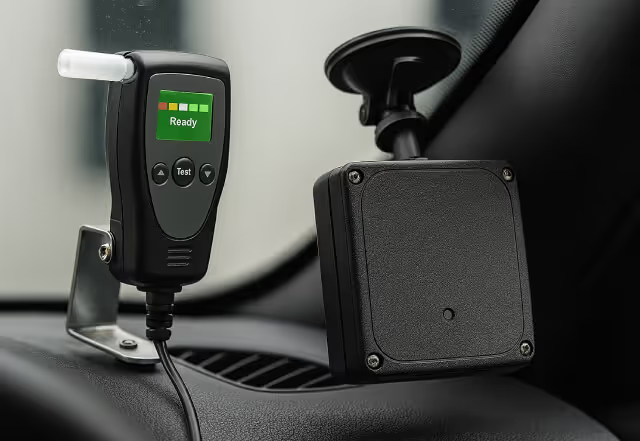The Weather Is Changing—And So Is the Road
The UK is experiencing more frequent and intense weather events—from flash floods to prolonged heatwaves. While climate change might seem like a global issue, its impact is very real for drivers here and now.
These changing conditions don’t just affect the environment—they directly influence how we drive, learn to drive, and stay safe on the road.
1. Flooded Roads and Reduced Visibility
Flash floods are becoming more common in the UK, especially in low-lying areas and urban zones with poor drainage. For drivers, this creates multiple risks:
- Aquaplaning: When tyres lose grip due to standing water.
- Flooded Engines: Even shallow water can damage vehicles.
- Hidden Hazards: Potholes, debris, or open drains may be submerged.
Tip for learners: Never drive into water if you can’t see the bottom. It only takes 30cm of water to float a car.
Instructors should actively prepare learners for spotting flood-prone areas and knowing when to turn back safely.
2. Heatwaves and Tyre Degradation
Extended periods of hot weather are affecting UK roads like never before. Tarmac can soften, expand, and even begin to melt in extreme heat—reducing tyre grip.
But it’s the tyres themselves that are often overlooked.
- Underinflated tyres heat up faster and are more prone to blowouts.
- Old or worn tyres lose grip faster on hot, softened surfaces.
- Incorrect pressure affects braking distance and handling—especially in high temps.
Did you know? Tyre blowouts are more common during UK summer months, particularly on motorways.
👉 Make it a routine to check tyre pressure before every lesson, especially during a heatwave. Learners should understand not just how to check, but why it matters.
3. Potholes, Road Erosion and Surface Damage
Rain followed by heat weakens road surfaces, accelerating the formation of potholes. This poses an especially high risk for new drivers who may not yet have the reflexes to avoid them safely.
- Hitting potholes at speed can damage suspension, tyres, and alignment.
- Swerving to avoid potholes without checking mirrors is dangerous.
Instructor tip: Practice defensive driving techniques and hazard scanning on roads with known surface damage. Use it as a real-world hazard perception lesson.
4. Glare and Low Sunlight Conditions
Longer, sunnier days might seem ideal for lessons—but low-angle sun in early morning or late evening can create intense glare, especially on wet roads.
- Glare can obscure road signs, lights, and pedestrians.
- Learners may struggle with judging distances or seeing through windshields.
Pro tip: Teach learners how to adjust visors, keep windscreens clean, and use polarized lenses if needed.
Encourage planning lessons at times of day when sun glare is less likely, especially for less experienced learners.
5. Climate-Conscious Driving Habits
Teaching learners to think ahead and adapt to weather conditions is no longer optional—it’s essential.
Here’s what to instill early on:
- Adapt speed to conditions, not just speed limits.
- Leave extra space in wet or hot conditions—stopping distances increase dramatically.
- Plan ahead for shade, parking, or alternative routes in extreme weather.
- Prepare for emergencies—a breakdown kit, water, and charger should always be in the car.
👉 Use apps like Varium to log weather-related driving conditions and give learners a chance to reflect on their performance in tougher environments.
🌍 Final Thoughts: The Road Ahead
Climate change is reshaping how we drive, learn, and stay safe. As driving instructors, it’s not just about teaching the Highway Code—it’s about preparing learners for the real-world challenges they’ll face on the road.
By building awareness of weather risks and teaching adaptable, confident driving techniques, we can equip the next generation of drivers to navigate the climate reality safely and responsibly.
“Being a good driver isn’t just about handling a car—it’s about reading the road, the weather, and the world around you.”
Stay safe, stay aware, and remember: conditions can change fast—but preparation is everything.








































